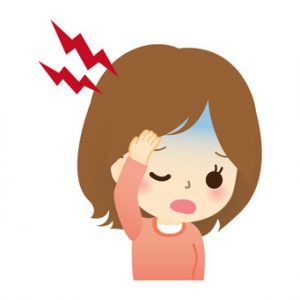 When you get a headache, you probably just pop some acetaminophen or ibuprofen, and it goes away a short time later. If that describes you, you’re one of the lucky ones.
When you get a headache, you probably just pop some acetaminophen or ibuprofen, and it goes away a short time later. If that describes you, you’re one of the lucky ones.
Not only are there about 150 different types of headaches, but the World Health Organization (WHO) indicates that headache disorders — characterized by recurrent headaches — have been underestimated, under-recognized and under-treated worldwide.
This is true even though headaches are among the most common nervous system disorders, ranking third (after stroke and dementia) for neurological disease burden measured by age-standardized disability-adjusted life years, effective in 2019.
Globally, WHO found that headache disorders affected some 40% of the population, or 3.1 billion people in 2021, and they occurred in females more than in males, perhaps due to shifting hormones. Despite small regional variations, headache disorders affected people of all races, income levels, and geographical areas.
Headache disorders impose a burden on the people living with the condition that can include substantial personal suffering, impaired quality of life, and financial hardship. And repeated headache attacks, as well as the constant fear of when the next one will occur, can damage family life, social life, and the ability to remain employed.
In the long term, living with a chronic headache disorder may also predispose the person to other illnesses. WHO also notes that anxiety and depression are significantly more common in those who experience migraine attacks than in healthy individuals.
The primary clinical problem for getting effective treatment for headaches is the lack of knowledge among healthcare providers about the subject; most receive only scant training. And, in many countries, medications like the triptans that have been used for migraine treatment for decades simply aren’t available.
Poor awareness of the burden of headache disorders extends to the general public. They don’t perceive the disorders as serious since they’re mostly episodic, don’t cause death, and aren’t contagious. The low rate of provider consultations in developed countries may indicate that many people aren’t even aware that effective treatments for most types of headaches exist.
Outreach and advocacy for headache diagnosis and treatment need to be ramped up to decrease the toll on the individuals living with headache disorders and the society of which they’re a part. Clearly there’s much work that needs to be done.
NEXT: Introduction to Primary and Secondary Headaches
